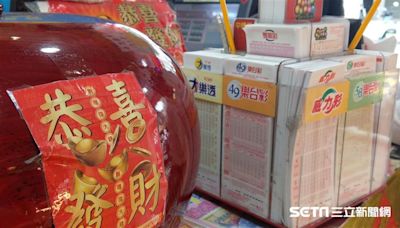搜尋結果
The Riley Two-Point-Six is an automobile produced by British Motor Corporation Limited (BMC) from August 1957 until 1959. [2] [3] It replaced the Pathfinder as Riley's flagship model when it was announced on 23 August 1957. [4]
2-6-6-2 locomotives. Help. Wikimedia Commons has media related to 2-6-6-2 locomotives. Locomotives classified 2-6-6-2 under the Whyte notation of locomotive axle arrangements. The equivalent UIC classification of locomotive axle arrangements is (1C)C1 or (1'C)C1'.
Under the Whyte notation for the classification of steam locomotives by wheel arrangement, a 2-6-6-2 is a locomotive with one pair of unpowered leading wheels, followed by two sets of three pairs of powered driving wheels and one pair of trailing wheels.
The London Midland and Scottish Railway (LMS) Stanier Class 5 2-6-0 or Stanier Mogul is a class of 2-6-0 mixed traffic steam locomotives. Forty were built between October 1933 and March 1934. Overview. Although all built at Crewe Works, they were designed at Horwich Works and were developed from the Horwich Mogul, the LMS Hughes Crab 2-6-0.
2,6-Dichloroaniline is an organic compound with the formula C 6 H 3 Cl 2 (NH 2 ). It is one of several isomers of dichloroaniline. It is a colorless or white solid. Derivatives include the drugs clonidine and diclofenac .
Wikimedia Commons has media related to 2-6-2 locomotives. Locomotives classified 2-6-2 under the Whyte notation of locomotive axle arrangements. The equivalent UIC classification of locomotive axle arrangements is 1C1 or 1'C1'.
2,6-Dimethylnaphthalene (2,6-DMN) is a polycyclic aromatic hydrocarbon. It is one of the ten dimethylnaphthalene isomers, which are derived from naphthalene by the addition of two methyl groups. Synthesis

